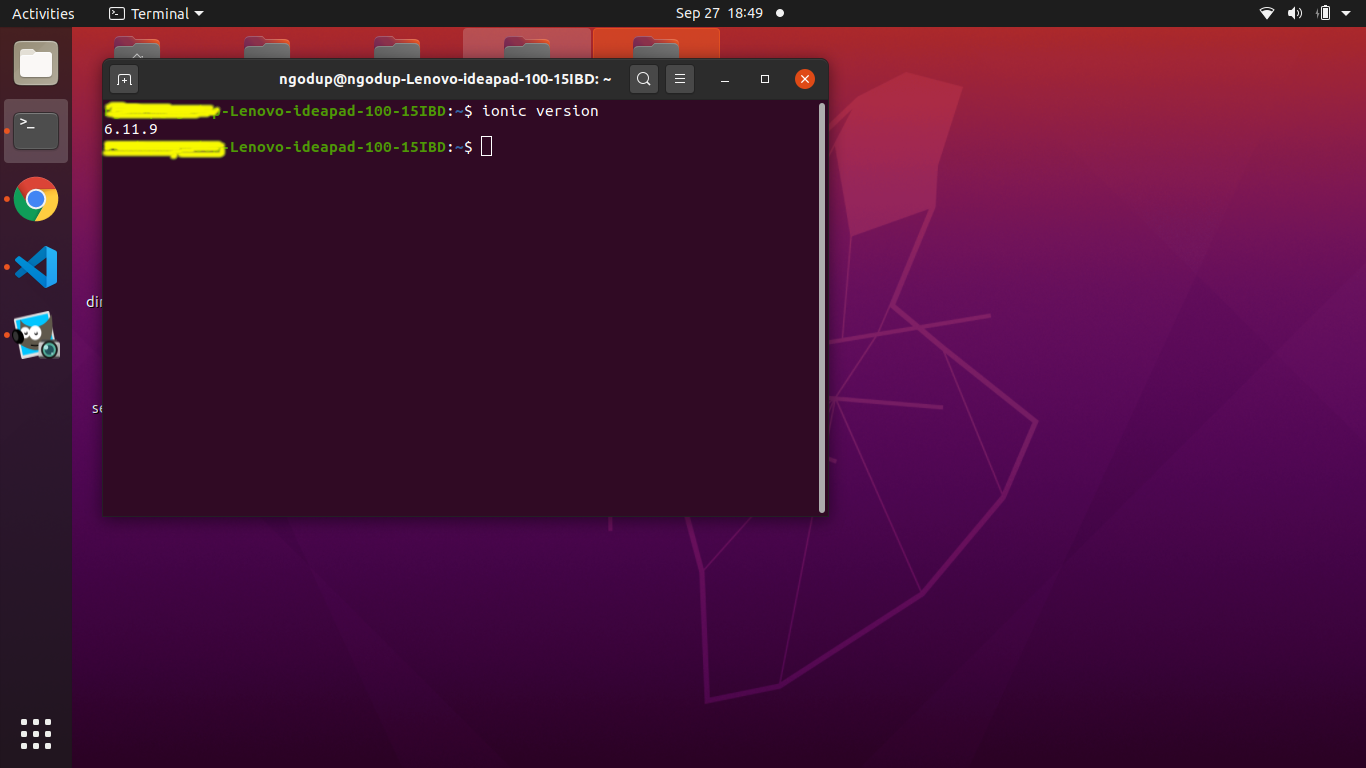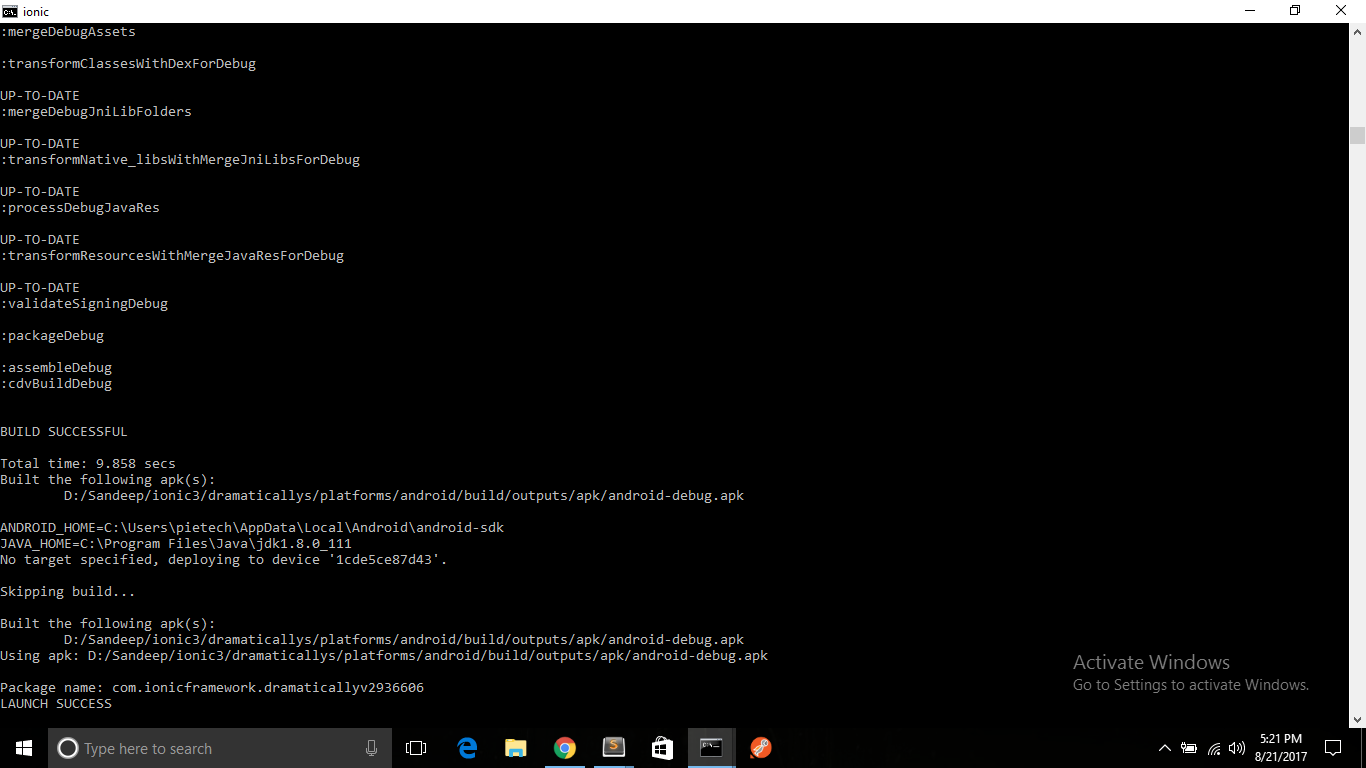


CLI flags: from tslint: src/app/, line: 20
IONIC RUN LIVERELOAD NETWORK ERROR ANDROID
On top of that you can also restrict that key by only allowing access to certain Google APIs, like I did in the image below for our case.Drews-MacBook-Pro:buggie-ionic-frontend drewgallagher$ ionic cordova run android -lsc -verbose For production, I recommend to create an iOS and Android key and restrict them to your apps bundle identifier! I have tried ionic cordova run ios -l, ionic cordova run ios -livereload, ionic cordova run ios -device -l -address0.0.0.0, ionic cordova run ios -device -l -address0.0.0.0 -disableHostCheck, etc. From my investigation (see forum thread) seems like a solution would actually be for ionic emulate to simply pass localhost:8100 as the initial page to load since that works fine in the iOS Simulator, instead of trying to determine the IP from the network interface. This issue can be easily resolved if you. When run ionic run ios without any flags my app runs on a device fine, but when I run ionic run ios -l (with livereload) th. It appears by the docs and change logs that should be possible, but it was not getting past the splash screen. When running capacitor with live reload on Android devices and emulators theres an issue you will probably run into. Note: The key is by default unrestricted, but you can restrict it to specific URLs or an app identifier. Hello Ionic team First of all keep up the good work You are doing an awesome job I have a little problem here. Please help me Setting up Moodle mobile developement environment. In the following menu select API key, and you are almost ready! However, some low-level changes in the security protocol caused this feature to stop working. Ionic CLI used to support live reload through the-livereloador -lflag. To create one, simply navigate to Credentials within the APIs & Services menu and from there click Create Credentials. ionic emulate ios -consolelogs -serverlogs ionic emulate android -consolelogs -serverlogs or the shorthand version: ionic run ios -c -s ionic run android -c -s LIVERELOAD FLAG. If you now navigate to the Google MapsAPI list of your project you should see that both are enabled.įinally we need to create an API key, and for now we can use the same key for iOS and Android. However I guess it possible related to lazy load which used frequently in my case. So they are both included in Without a debug method, it looks hard to find reason. You can filter for the native iOS and Android SDK, then select each of them and within the details page hit enable for both of them. Since ionic doesnt predefine module file in providers folder. To use Cordova for this process instead, use the -no-native-run option. Finally, the native-run utility is used to run your app on a device. Then, cordova build is used to compile and prepare your app.
IONIC RUN LIVERELOAD NETWORK ERROR INSTALL
Now we need to enable the native SDKs, and we can do this by first selecting APIs & Services from the side and within go to Library. This command will first use ionic build to build web assets (or ionic serve with the -livereload option). Make sure youve committed (or backed up) your local changes and install the latest version of the generator via npm install -g generator-ionic, then go ahead. Pick whatever name you like and once the project is created, make sure you select it at the top so you can modify its settings. If running on a device, make sure it is on the same Wi-Fi network as your computer. Get started by clicking on your projects at the top and then selecting New Project. However, the plugin currently doesn’t support web so only use this option if you plan to build a pure native app for iOS and Android! Google Maps project setupīefore we dive into the app, we need to configure a Project in the Google Cloud Platform console. In this tutorial we will use the Capacitor Google Maps plugin to include the native SDKs for Google Maps, which allows a more performant map display.

Ignore Hosts Option In Network Proxy In Ubuntu 16 04 Iconify Icon Name About Us. If you want to use Google maps with Ionic, you can either go the easy route with the Web SDK or use the Capacitor wrapper to include native Google Maps right in your Ionic app. Ionic cordova run android -livereload: Cordova not available.


 0 kommentar(er)
0 kommentar(er)
